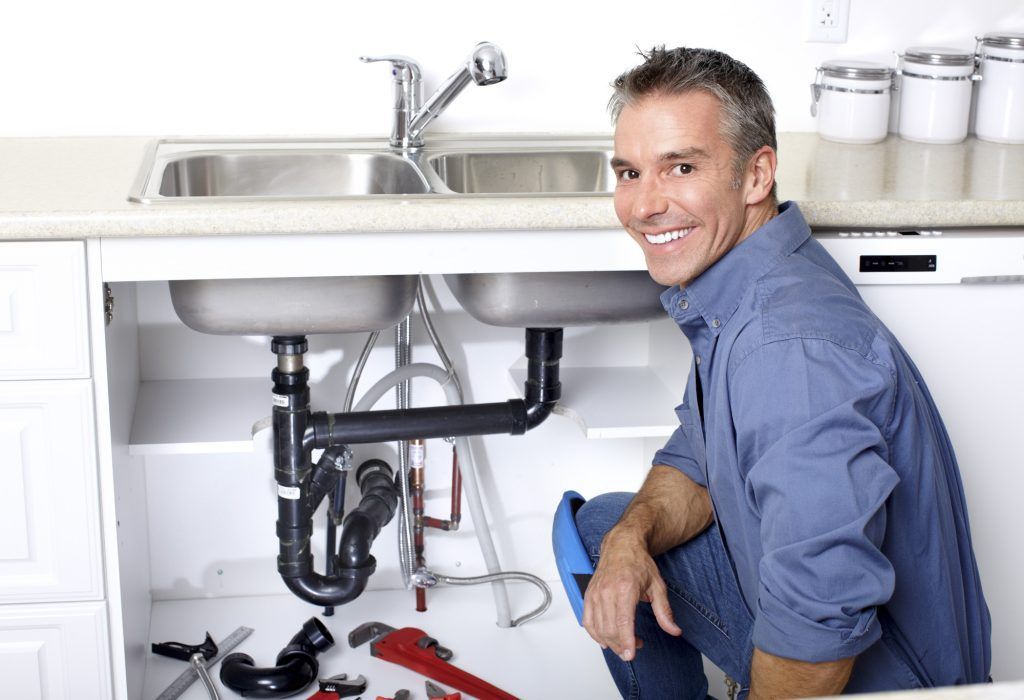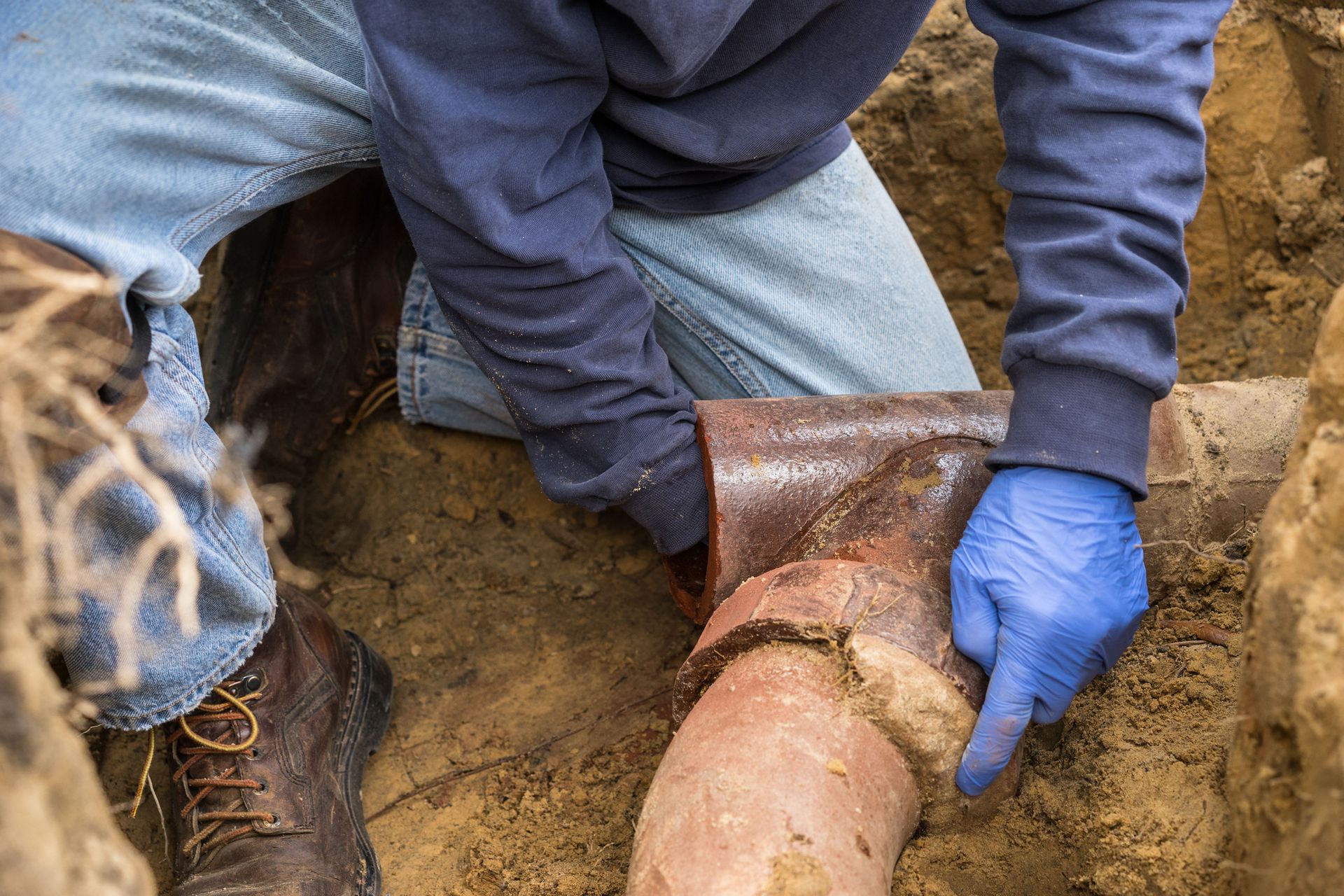Our Blog

Clogged drains are a nuisance that almost every homeowner has encountered at some point. From the kitchen sink to the bathroom drain, these obstructions can cause significant inconvenience and potentially lead to costly repairs if not addressed properly. This guide will provide you with comprehensive insights into understanding clogged drains, DIY cleaning methods, and professional services to ensure that your plumbing stays in top condition. By following the advice here, you'll be well-equipped to handle those stubborn clogs without breaking a sweat.

The unpleasant sight and odor of a clogged toilet can disrupt your daily routine and lead to frustration. Thankfully, with a few precautionary measures, you can minimize the chances of facing this inconvenient problem. Here are some essential tips and tricks to keep your toilet flowing smoothly: 1. Flush Only What's Meant for the Toilet: Using the toilet as a waste bin for items like paper towels, feminine hygiene products, or baby wipes can lead to clogs. Dispose of non-biodegradable materials properly. It helps to keep a small waste bin nearby for these items. 2. Be Mindful of Your Flushing Habits: Stick to flushing human waste and toilet paper. Items like facial tissues or cotton swabs belong in the trash, not the toilet. Proper disposal ensures that only materials designed to break down are flushed. 3. Utilize a Toilet Brush Regularly: After using the restroom, a quick scrub with a toilet brush helps dislodge lingering waste and keeps it from adhering to the bowl's surface. Regular scrubbing maintains a cleaner bowl and aids in smooth flushing. 4. Address Leaks Promptly: A leaky toilet can escalate to more severe problems, including clogs. Repair any leaks as soon as you notice them to maintain optimal functionality. Regular inspections can aid in early leak detection. 5. Avoid Harmful Chemical Cleaners: Though seemingly a quick fix, chemical cleaners might damage the pipes, leading to corrosion. Utilize a plunger or toilet auger instead to clear blockages. Consider keeping a plunger handy for quick action if needed. 6. Don't Overload the Toilet with Paper: Your toilet can only handle so much at once. Overloading it with toilet paper might cause blockages. Use a reasonable amount with each flush, and consider using thinner paper if clogs persist. 7. Consider Upgrading Your Toilet: For large households or frequent hosting, a toilet with a broader flush valve may reduce clogging risks by handling more waste simultaneously. It's an investment in your home's overall plumbing health. 8. Think About a Low-Flow Toilet: These environmentally friendly toilets use less water, minimizing the chances of clogs. Plus, they can lower your water bill by conserving water with each flush. 9. Monitor Your Toilet's Performance: Slow draining or unusual sounds from the pipes might indicate a forming clog. Address these signs early to avert a full obstruction. Regular monitoring helps you spot issues before they escalate. 10. Educate Your Household Members: Teach children, roommates, and guests about proper toilet use. Ensuring everyone knows what can and can't be flushed helps maintain clear pipes. Communication and reminders can make a big difference. By closely following these guidelines, you can prevent the aggravation of clogged toilets and ensure a smooth-flowing system. Should you encounter any plumbing issues, click here to contact us today for professional assistance . Our team is here to help you with all of your plumbing needs, ensuring a clean and efficient home.

As a homeowner, plumbing issues are an inevitable part of the package. Among the most complex and potentially messy problems you might face, sewer line damage tops the list. To help you navigate this challenging territory, we've crafted a comprehensive guide to understanding sewer repair and effective maintenance. From common causes of damage to repair methods and preventive strategies, this guide will empower you to take control of your plumbing system. Unveiling the Culprits: Common Causes of Sewer Line Damage Understanding what leads to sewer line damage is the first step in prevention. Several factors can contribute to the deterioration of your sewer system: Tree Root Infiltration : Trees, while majestic, can pose a significant threat to sewer lines. As trees grow, their roots can infiltrate pipes, leading to blockages and structural damage. Picture the roots of an oak tree causing clogs and cracks in your sewer line. Aging Infrastructure : If you own an older home, chances are your sewer system might be made of materials like clay or cast iron. Over time, these materials deteriorate, resulting in cracks, collapses, and leaks. Shifting Ground : Changes in the ground due to soil erosion or earthquakes can wreak havoc on sewer pipes. Such shifts can misalign or damage pipes, disrupting wastewater flow and causing backups. Grease and Debris Buildup : Pouring grease down the drain or flushing non-flushable items can lead to stubborn blockages. These blockages result in slow drains and sewage backups, creating a less-than-pleasant situation.

